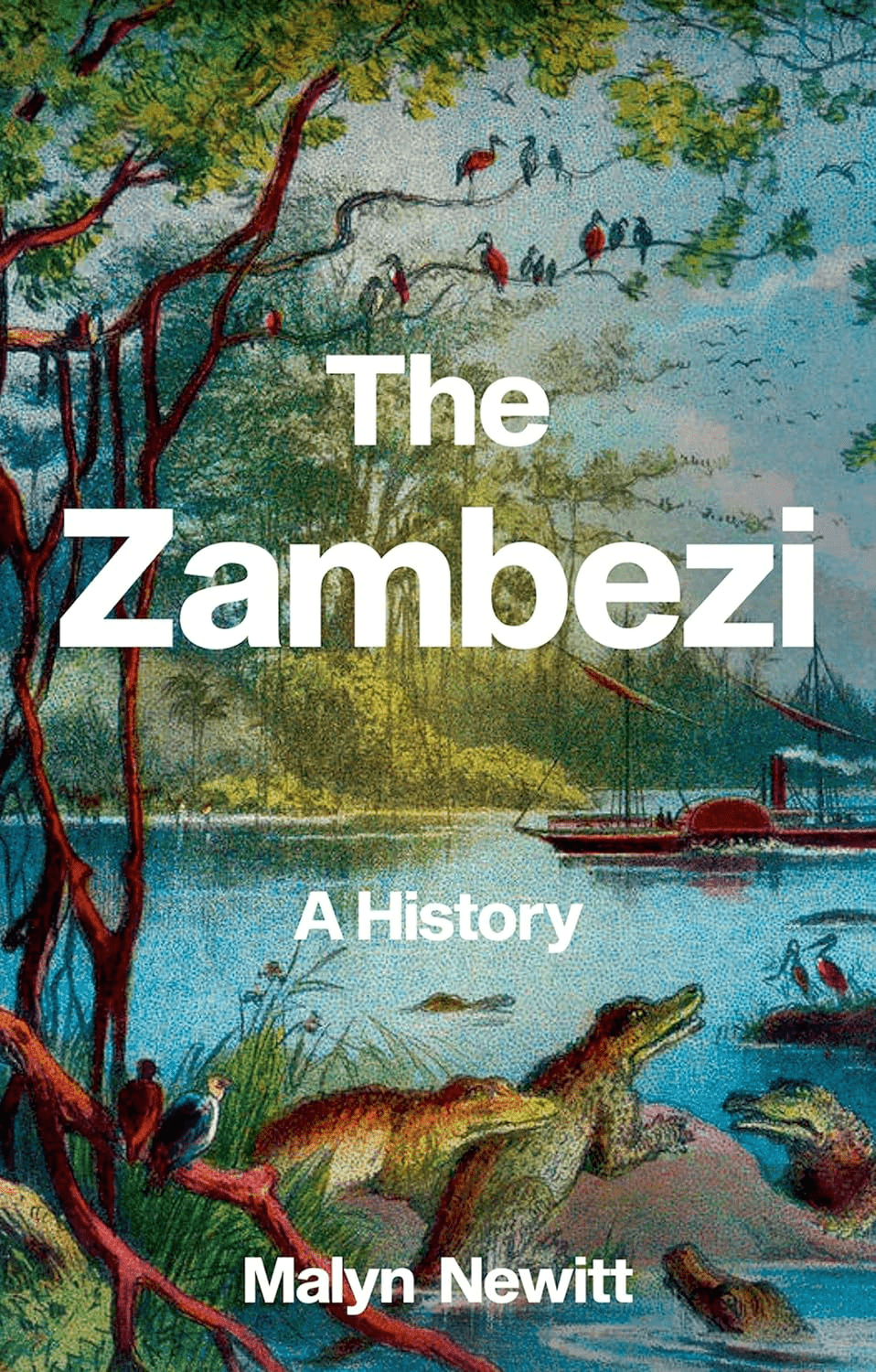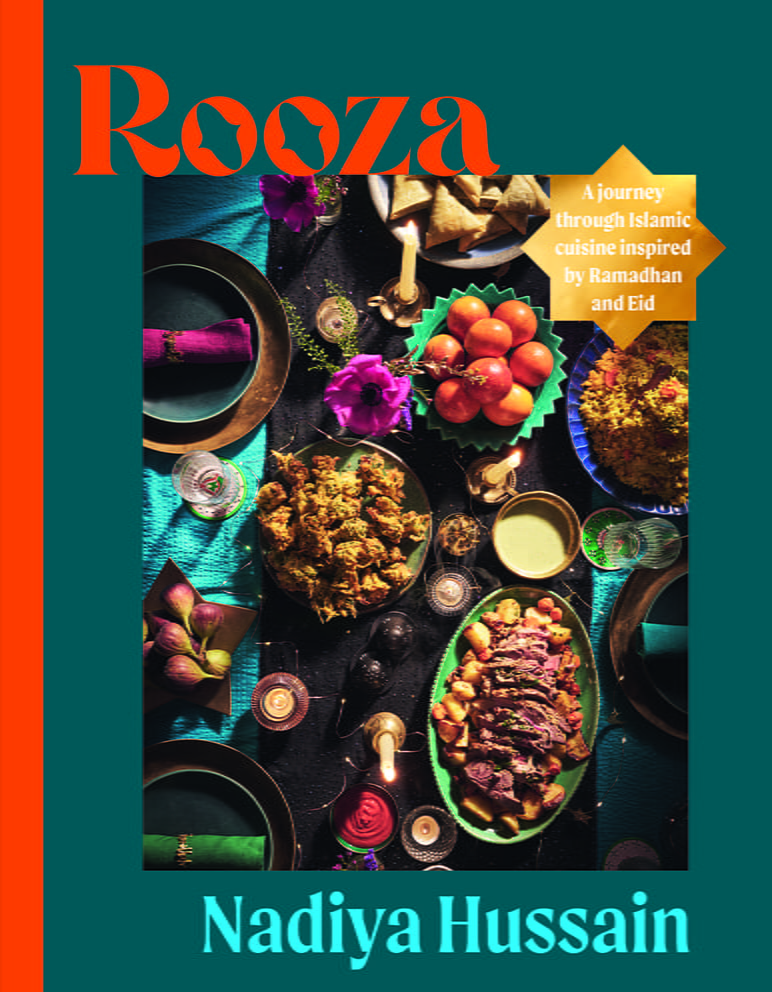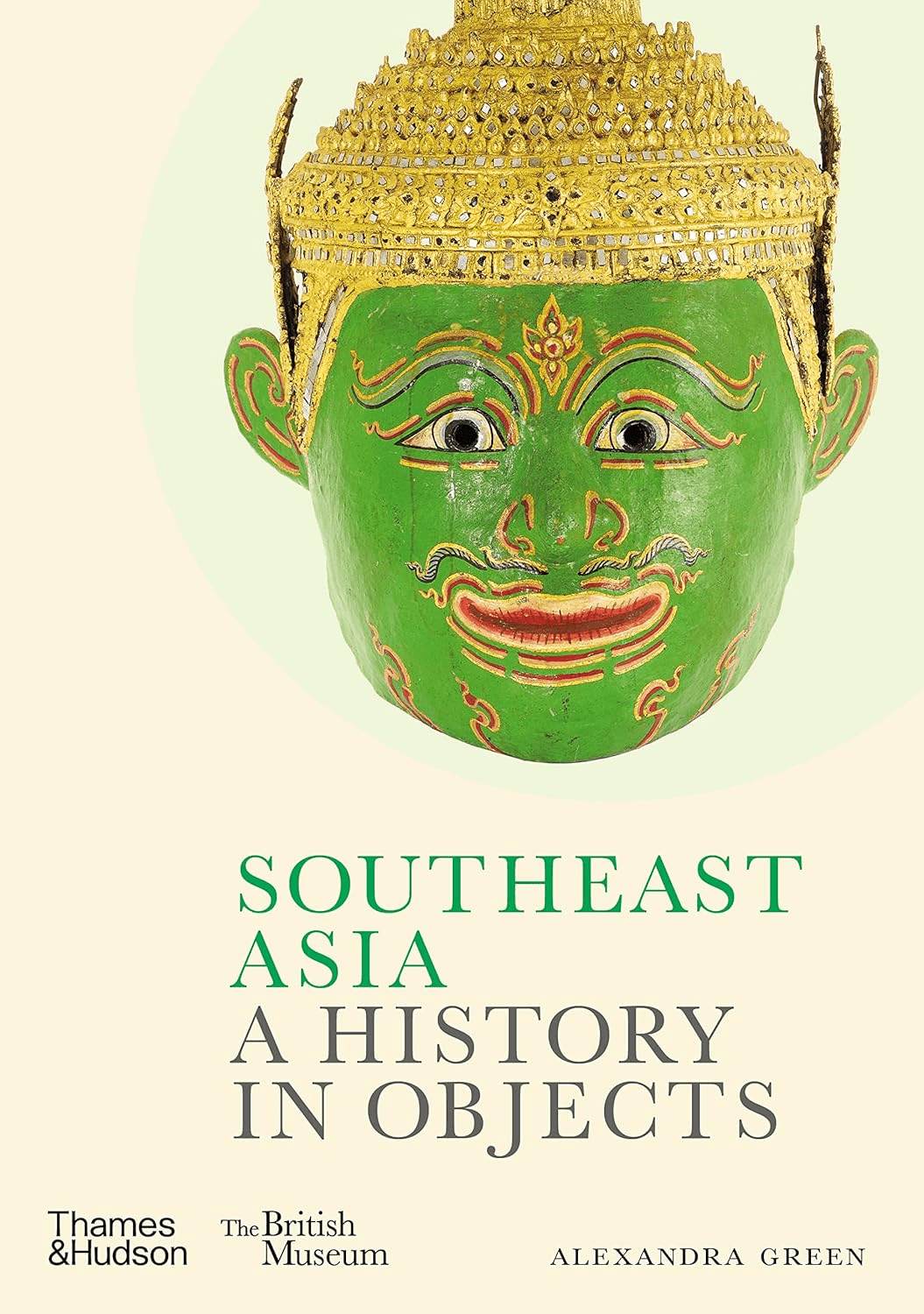
The Ebb and Flow of History on the Zambezi River
Reviewed by Kyle Pakka
The Zambezi: A History
Malyn Newitt. Hurst & Company, 2022.
In the case of the Zambezi, the archaeological and written record extends back 600 years, but only in the last hundred have humans imposed themselves on the river in such a way as totally to transform its nature.
The Zambezi River, the fourth longest in Africa, originates in the northwest corner of Zambia. It courses 2,575 kilometers, plunging over Victoria Falls and roaring through the Cahora Bassa gorge before spreading out into a vast delta on the Indian Ocean coast of Mozambique. A shallow stream in the dry season, the Zambezi transforms into a torrent in the wet season, October to April. Until the construction of bridges and dams in the 20th century, escarpments along the middle and lower reaches of the river isolated valley settlements, while forest and marsh impeded movement in the upper reaches. The Zambezi’s variable flow and physical barriers prohibited it from becoming a viable commercial waterway, shaping the fortunes of local competing and encroaching colonial powers as they wrestled for control of the ivory, gold and slave trades and, later, copper and water. The earliest written records of the region date from 1498 with the arrival of the Portuguese, who found Arab and Indian Muslims already engaged in trade. Malyn Newitt, a historian of Portuguese colonial history, draws extensively from the journals of explorers, traders, missionaries, big-game hunters and colonial administrators to draw a lucid and engaging portrait of the peoples of the Zambezi, particularly the Bantu-speaking Lunda and Lozi kingdoms. In tracing the past six centuries of history, Hewitt captures the cyclical rise and fall of the river and the people—the rulers and the ruled—who, whether seeking wealth, knowledge or power, wrought changes good and bad on the lands straddling the Zambezi.
You may also be interested in...

The Great British Bake Off Winner Nadiya Hussain Gathers Global Recipes in Culinary Celebration of Ramadan
Nadiya Hussain's diverse recipes highlight the global unity of Muslim cultures and cuisines.
British Museum Curator Takes Readers on Journey Spanning 6,000 Years
Southeast Asia curator Alexandra Green takes readers on a journey spanning 6,000 years, highlighting objects from Neolithic stone tools to contemporary paintings.